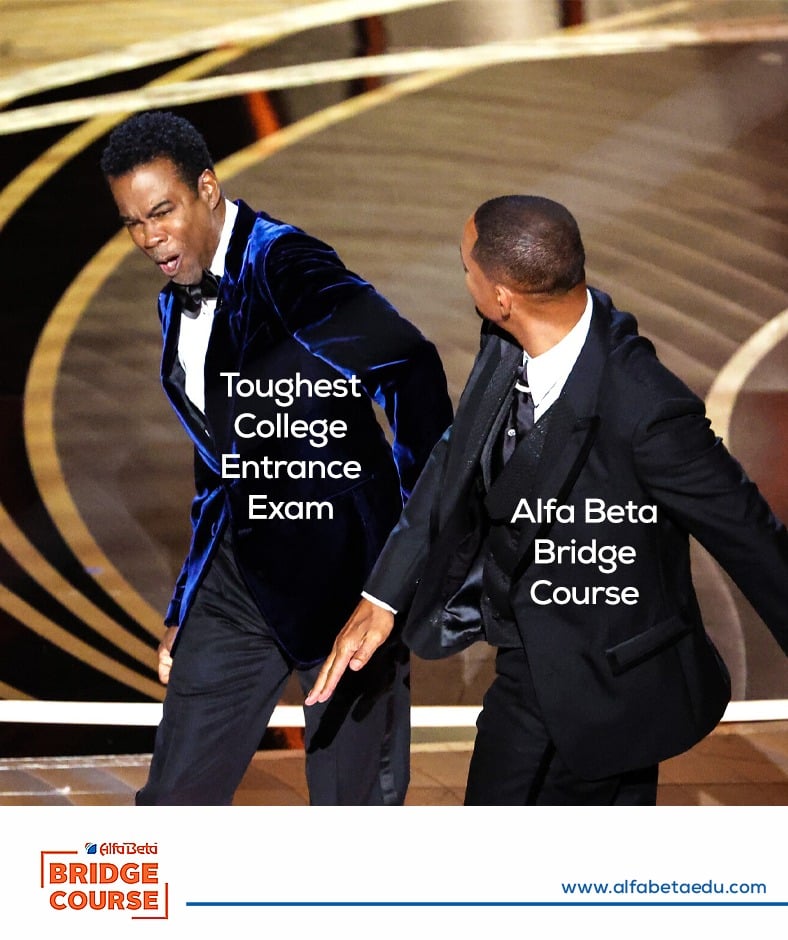
How Bridge Courses Enhance Critical Thinking and Problem-Solving Skills
Bridge courses serve as a vital stepping stone for students transitioning between academic levels, disciplines, or educational systems. These programs are specifically designed to equip learners with the foundational knowledge and skills needed to excel in their future studies. Among their most significant benefits is their ability to foster critical thinking and problem-solving skills, essential tools for navigating complex academic and real-world challenges.
At their core, bridge courses aim to close the knowledge gap between what students already know and what they need to know to succeed in their next academic journey. This process often involves an emphasis on critical thinking—a skill that encourages students to evaluate information, analyze situations, and make informed decisions. Unlike traditional rote learning, bridge courses challenge students to approach problems analytically, asking questions, identifying patterns, and weighing different perspectives. For instance, a bridge course in science may introduce students to experimental design, requiring them to hypothesize, test, and interpret results—a hands-on approach that builds analytical capabilities.
Problem-solving is another cornerstone of bridge courses. These programs often use real-world scenarios, case studies, and collaborative projects to engage students in finding solutions to complex problems. By exposing learners to challenges that require creativity, adaptability, and logical reasoning, bridge courses help them develop a systematic approach to problem-solving. For example, in a business-focused bridge course, students might work on market analysis or strategic planning exercises, allowing them to apply theoretical knowledge to practical situations.
The structured yet flexible nature of bridge courses further enhances these skills. Students are encouraged to work both independently and collaboratively, learning to balance individual initiative with teamwork. Group activities, such as debates, presentations, and brainstorming sessions, teach students how to articulate their thoughts clearly, consider diverse viewpoints, and reach consensus. These interactions not only hone communication and interpersonal skills but also deepen critical thinking as students are exposed to a variety of approaches to the same problem.
Bridge courses often incorporate interdisciplinary learning, another powerful tool for developing critical thinking and problem-solving abilities. By integrating knowledge from multiple fields, students learn to draw connections between seemingly unrelated concepts, fostering innovative thinking. For example, a bridge course combining mathematics and computer science may require students to use statistical methods to solve programming challenges, encouraging them to think outside traditional disciplinary boundaries.
Technology also plays a significant role in modern bridge courses. Digital tools and online platforms provide interactive learning experiences that enhance engagement and understanding. Virtual simulations, for instance, allow students to experiment with scenarios that mirror real-life problems, giving them a safe space to test solutions and learn from mistakes. This iterative process reinforces their problem-solving skills while building confidence in their abilities.
Moreover, bridge courses create a supportive environment where students can develop resilience and adaptability—qualities that are essential for critical thinking and problem-solving. By gradually increasing the complexity of tasks, these programs help students build the confidence to tackle challenges, learn from setbacks, and persist in finding solutions.
In conclusion, bridge courses play a transformative role in equipping students with critical thinking and problem-solving skills. By fostering analytical reasoning, encouraging creativity, and integrating interdisciplinary approaches, these programs prepare learners to excel in their academic pursuits and beyond. Through practical applications and collaborative learning, students gain the tools they need to navigate a rapidly changing world with confidence and competence.
